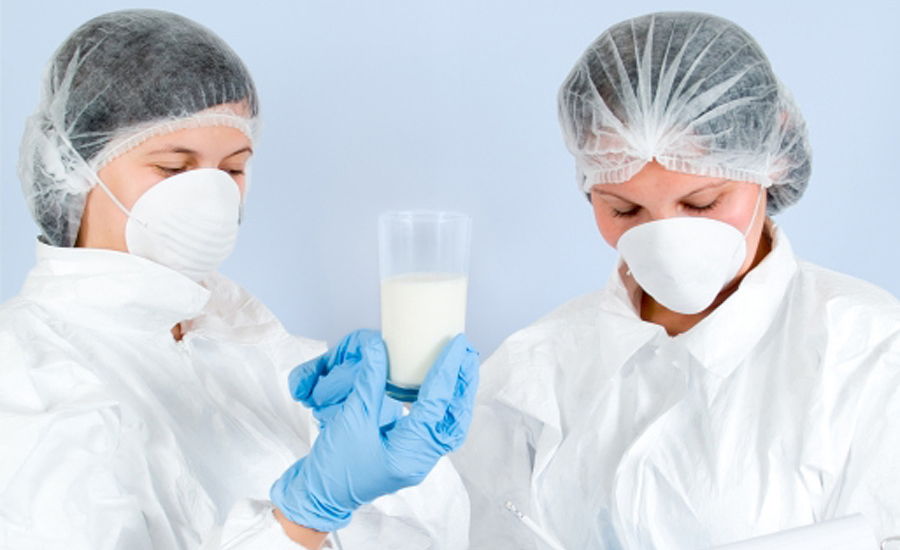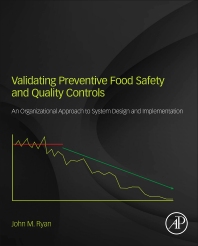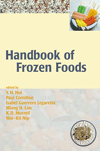Best Ways to Ensure Quality, Safety of Frozen Foods

Food safety seems to always be in the headlines thanks to outbreaks of food recalls due to listeria and E. coli. For the frozen food industry, this means re-examining a facility’s food preparation processes, shutting down production, executing major clean-up efforts and re-training employees to ensure better sanitation protocols are adhered to in the future.
Thanks in larger part to the industrial internet, frozen food manufacturers utilizing a fully integrated end-to-end software solution can use data gathered from their production processes to administer and manage an effective food safety program in hopes of preventing future food safety issues. Here are some best practices in ensuring the quality and safety of your frozen foods.
Track and trace—know your product origin
Frozen food manufacturers are now using intelligent machines that gather information and advanced analytics on the ingredients that go into their products and how those products are manufactured. By utilizing track-and-trace software technology, frozen food producers can automatically monitor and record what ingredients are being used, how they are being handled in the plant and what conditions they are being manufactured under. A production barcode can then be printed, which links the final product to its production facility. That information can also be made available to the public. In the event of a product recall, the barcode can also help frozen food processors quickly trace the product back to its production source to address the issue at that source. Through automated reporting systems, frozen food producers can determine which food lots are contaminated and recall only the affected products.
Because source materials for frozen food products come from various locations and are of varying degrees of quality, operators need to realize that these materials may come into the facility at the edge of specification. Manufacturers need to have the visibility and authority to make ad hoc adjustments, including ingredient additions or changes to processing parameters on equipment or systems to ensure consistent food production each and every time.
Identify the “Golden Batch” to measure product quality
The “Golden Batch” is the standard produced frozen product that all future frozen products need to be measured against to ensure consistence and best quality. Determining a golden batch depends on a number of key performance indicators, including recipe results, product and labor costs and other process measurement trends. Once that golden batch is determined, it is essential that product is produced time after time on that golden batch specification. Once that process is in place, manufacturers can fine tune it to improve production output or institute cost-saving procedures to maximize revenue.
For frozen food production, it is also very important to monitor the processing times and temperatures under which it is produced. If the food is produced in an environment that is too warm, it may introduce food spoilage and/or contamination. It is also important to measure parameters in both real-time and times historically associated with each batch to ensure products are maintaining the appropriate specifications from a food safety and quality standpoint.
Validate sanitation procedures to prevent allergen contamination
An equally important part of the production process is proper sanitation of equipment to prevent the introduction or transfer of allergens into the frozen food item.
Food processing equipment can either be cleaned in place (CIP) or cleaned out of place (COP). For frozen food producers, specifically those producing ice cream, CIP is vital because it allows cleaning of interior surfaces of tanks and pipes and involves circulating a cleaning agent through the equipment via a sprayer to remove solid materials from smooth interior surfaces. They also reduce the formation of biofilms where bacteria or other microorganisms can grow. The system is run by an automated control system to manage the flow, detergent mix, temperature and time of the entire cleaning process. All of this data can be monitored, tracked and recorded to ensure consistent cleaning. Any variances to the process will also be noted in the computer and will alert staff to investigate the equipment and make the proper repairs or adjustments.
Prevention is key
Thanks to the industrial internet and advanced automation software, many of the factors that would lead to food contamination can now be monitored and addressed to prevent an incident from occurring. By tracking food source ingredients, adhering to food production best practices and monitoring sanitation procedures, frozen food producers can feel confident that they are limiting their risk of food recalls and producing best-in-quality products for consumers.
Looking for a reprint of this article?
From high-res PDFs to custom plaques, order your copy today!









